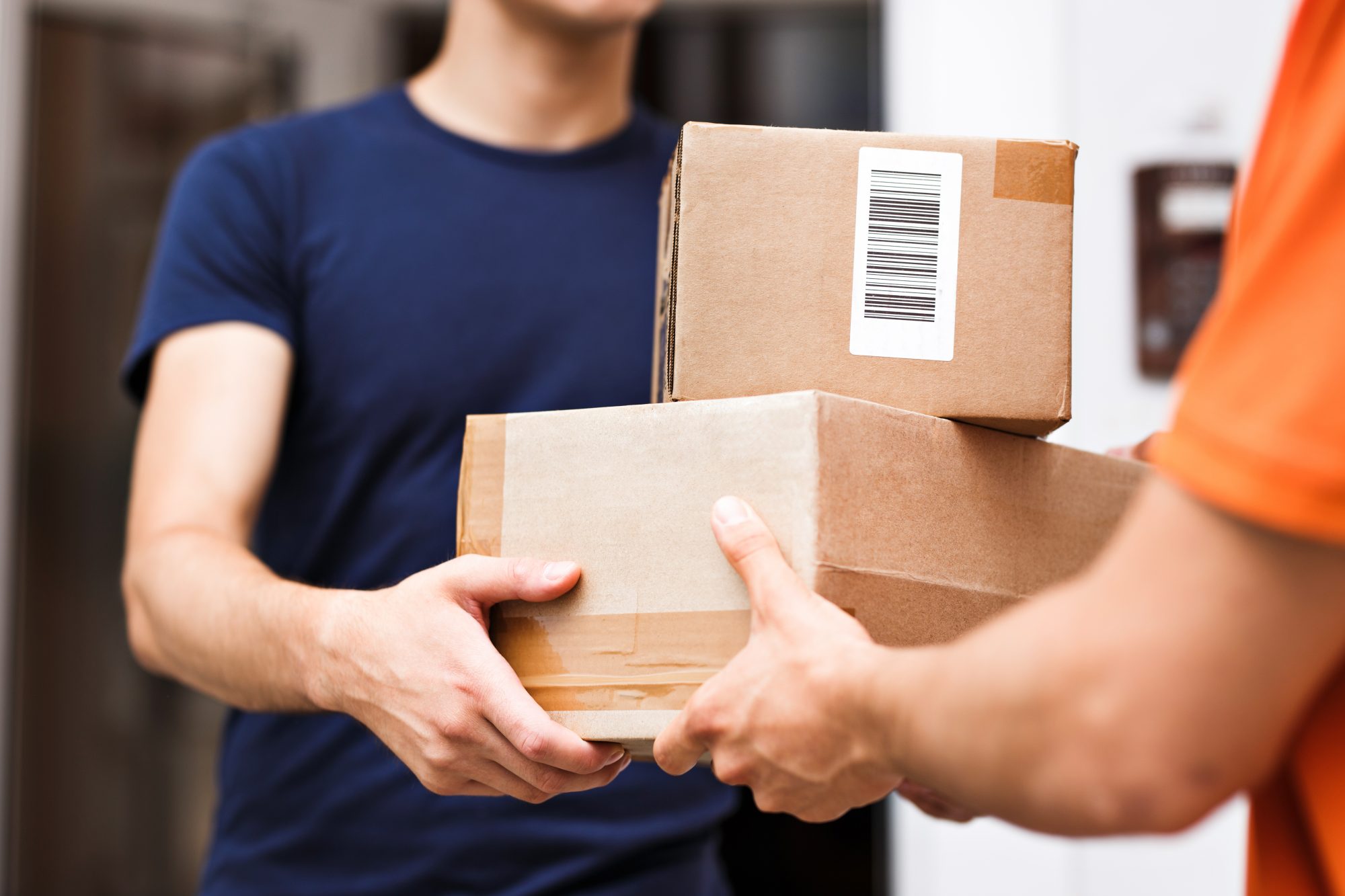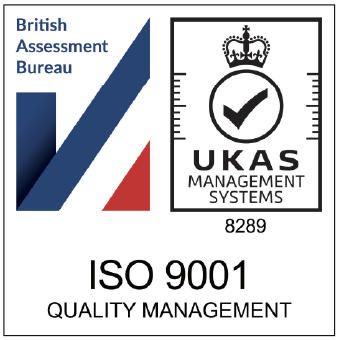,
Are you thinking about selling your products on Amazon?
With its massive base of customers it could be the ideal channel to boost your sales. But, before you go and sign up, there’s one thing you need to be aware of – returns. Amazon’s FBA returns policy could have a big impact on your bottom line. So, keep reading and we’ll tell you everything you need to know about Amazon FBA returns.
How do returns work on Amazon FBA?
In order to effectively handle Amazon FBA returns, you first need to understand the returns process itself and the rules that Amazon asks merchants to adhere to.
So, let’s take a look…
Amazon FBA involves Amazon handling all of your fulfilment and customer service on your behalf. It also involves them handling refunds and returns on your behalf.
This is an important point, as it means that a great deal of control is out of your hands. Should a customer want to return an item to you that they purchased on Amazon, a great deal of the process will be managed by Amazon, not you.
The Amazon FBA returns and refunds process
When a customer requests to return an item for a refund, Amazon will refer to its customer returns policies to determine whether or not the item is eligible for return.
Note – Amazon can be flexible in its interpretation of these rules. For example, if a customer requests a return outside of the standard returns window, Amazon will sometimes still accept the return.
Should Amazon accept that the customer is eligible to return their item, then they will generally offer the customer one of two options:
- Returnless refund.
- Standard return and refund.
Each of these two options are explained in further detail below.
What is an Amazon returnless refund?
In certain cases, Amazon may decide that a return qualifies for a ‘returnless refund’. This simply means that the customer will be given a refund without having to return the item to Amazon.
Amazon’s standard return and refund policy
Should Amazon decide that an item doesn’t qualify for a returnless refund, then they will request that the customer return the item. The item will be sent to the nearest fulfilment centre.
What happens next? We’ll let Amazon explain in their own words:
“A return is an item a customer sends back to the fulfilment centre. We evaluate the condition of each returned item. If we determine that the item is sellable, we return it to your inventory. If we determine that it is unsellable (defective or damaged, for example), we assess who caused the damage. Then we decide if you are eligible for a reimbursement”.
Why would an item be classed as unsellable?
At this point, you’re probably wondering how Amazon decides if an item is unsellable. After all, if they find that the item is unsellable because of something you’ve done, you could find yourself out of pocket.
According to Amazon themselves, a returned item can be classed as unsellable because of the following reasons:
- The item is not in the same condition as previously listed.
- It is defective, damaged, opened, lacking required labelling, prohibited, or otherwise unsuitable.
- The item may pose a health or safety risk to Amazon staff, or to the next customer who buys it. These sorts of items can include personal care products, consumables, and products with expiration dates.
Amazon FBA returns reimbursements
So, what happens once Amazon has received and assessed an item?
If they find that an item has been properly returned and is in sellable condition, it will be added back into your inventory and your seller account will be charged for the full value of the refund.
However, there are some situations in which you will not be held responsible for the refund, and may receive a reimbursement:
- The customer fails to return the item to Amazon.
- It is determined that the item was damaged whilst under Amazon’s control.
In both of those situations, you will not have to cover the cost of a refund. And, if the money for the refund has already been taken from your seller account, you will receive a reimbursement.
Note – Amazon’s FBA returns policy states that Amazon is not responsible for reimbursing merchants if the product has been damaged by the customer. In this instance, you’ll simply have to ‘eat’ the cost of the item and accept that it’s not sellable.
Tip – if Amazon decides that a returned item is not in a sellable condition, it’s possible to create a ‘removal order’, where you can have the item returned to you, so you can inspect it yourself.
Amazon FBA return fees
In addition to being familiar with the ins and outs of Amazon’s returns process (and the scenarios in which you’ll bear responsibility for covering the cost of the refund), you will also want to be familiar with Amazon’s gamut of FBA returns fees.
There are three separate fees which you could potentially be hit with, when it comes to dealing with Amazon FBA returns.
Shipping fee
Whenever a customer returns an item to Amazon, it’s you that has to foot the bill for the shipping fees.
So, if you have particular items or ranges which have high return rates, consider factoring these additional fees into their initial price; otherwise, you may find you make a continual loss on frequently-returned items.
Returns processing fee
For items in certain categories, Amazon will also charge you a ‘returns processing fee’. In many instances, this returns processing fee will be the same as the initial FBA fulfilment fee for that product.
Items from the following categories are typically subject to an FBA returns processing fee:
- Apparel such as clothing and related accessories.
- Watches
- Shoes, handbags and sunglasses.
- Jewellery.
- Luggage
Restocking fee
In certain instances where an item has been opened by the customer, Amazon may charge them a 20% restocking fee, which will then be credited to your seller account.
However, if you’ve already received a reimbursement for the returned item, you won’t usually receive a restocking fee credit.
How to stay on top of your Amazon FBA returns
As you’ll have seen so far, Amazon FBA returns can be complex, time-consuming and can tie up some of your money until they have been resolved.
So, it’s vital that you ‘stay on top’ of your Amazon FBA returns so that you don’t end up either out of pocket or short on inventory.
Below are some tips that’ll help you keep your Amazon FBA returns in order:
Track the return
This is arguably the most important way of avoiding complications. When you receive a return notification email from Amazon, go to your seller account and enter the refund notification email into the ‘Advanced’ section of the ‘Manage Orders’ section.
Using this functionality, you’ll be able to keep tabs on the progress of returns and confirm once they have been received by Amazon.
Should Amazon find that the item is sellable, then they should add it back into your active inventory. To check that they have done this, follow these steps:
- Copy the ASIN number of the returned item and go to Inventory > Manage FBA Inventory in your seller account.
- Pop the ASIN number into the search bar. This should provide you with the status of the item and where it is in your inventory.
Confirm receipt of refund
It sometimes happens that customers claim not to have received a refund. This is not always for nefarious reasons – sometimes it’s just difficult to spot a return in your online banking (or identify where a return has come from).
Should this happen to you, then you should open a support ticket within your seller account. Amazon should then be able to confirm if a refund has been issued.
Keep an eye on your seller central account
If you’re running a particularly busy Amazon merchant account, with multiple transactions per day, then it can be easy to miss the return notification emails that Amazon sends out.
Make a habit of logging into your Amazon seller account on a daily basis and checking the returns section.
You can access the returns section of your Amazon seller account by following this path: Reports > Fulfilment > Customer Concessions > FBA Returns.
Outsource your Amazon FBA fulfilment
We don’t blame you if the Amazon FBA returns process sounds daunting. Because, it is!
Not only can the process be complex, but because large chunks of the process are out of your hands and controlled by Amazon, it can be easy to lose track of returns and subsequently end up out of pocket.
If you’re a large-volume seller on Amazon, then it’s highly recommended that you outsource your Amazon FBA fulfilment to a 3PL.
Outsourcing your fulfilment to a 3PL will save you time and money, leaving you free to do what you do best; marketing and selling your great products!
Outsourced Amazon FBA fulfilment providers such as 3PL have years of experience ensuring that products are fulfilled according to Amazon’s strict guidelines.
Plus, thanks to our 3PL data dashboards, we are able to provide you with an exceptionally clear overview and visibility of all your orders, returns and inventory.
With all that in mind, is now the time to outsource your Amazon FBA fulfilment and returns?
Speak to 3PL about outsourcing your Amazon FBA fulfilment today
For more eCommerce fulfilment, returns-handling and shipping advice, read the 3PL blog…
The Amazon Marketing Strategies You Need to Know in 2022 | Guide to Winning the Amazon Buy Box and Making More Sales | Is Amazon Seller Fulfilled Prime Worth It? (The Pros, Cons and Requirements)
Speak to 3PL about your eCommerce order fulfiment
It’s time to supercharge your ecommerce brand business and overtake your competitors. Speak to 3PL today and find out how we can take your ecommerce fulfilment to the next level.


